Father Z. sier seg enig i denne overskrifta, og skriver i et innlegg på sin blogg:
Under another entry, long-time and perspicacious participant Henry Edwards wrote about the Extraordinary Form: «[T]here is no doubt that the glorious Missa Cantata that is the Sunday EF norm now was not always the majority EF experience. Not for nothing is the quip that Vatican II has done more good for the EF than the OF. So even as a seriously devoted EF advocate, I certainly have no desire to “go back”.
I agree. This is not about nostalgia, either. And I have gotten into trouble with some members of trad-nation by suggesting that the intervening years taught us a great deal about how to use the older form of our Catholic liturgical worship.
Father Z. skriver også i dette innlegget (litt underlig, og kanskje litt sjokkerende vil noen tenke) at Vatikankonsilets dokument om liturgien, Sacrosanctum Concilium (les det på norsk her), «tilhører tradisjonelle/ tradisjonalistiske katolikker, ikke de liberale» – han skriver mer om denne påstanden her.
Dette blogginnlegget karakteriseres også av de usedvanlig interessante kommentarene som følger. Her er de to første – én om hva målet med liturgirevolusjonen kanskje kan være:
I tend to agree with this. From what I’ve read, a lot of people took the Mass for granted before Vatican II. Too many Masses were Low Masses and too many celebrants raced through the rubrics. I think that being deprived of the TLM for 40 years has had an impact on people and made them realize how precious of a treasure it is. It’s an interesting parallel to the Israelites’ exile in Babylon. In both cases, God’s chosen people were taking him for granted and showing him disrespect, so he took away their most prized possession (for the Israelites, the Temple, for modern Catholics, the TLM). In both cases, the loss of this possession has made people realize its value. Hopefully now that this value has been realized we can move on to reclaiming our prized possession and making it widely available to every Catholic throughout the world.
Og én kommentar som beskriver katolske messer på 50- og 60-tallet:
Much as it is nice to dream of a time when all the music was splendid, when I was a kid in the 1950s to early 60s, our New York parish we had only two Masses with music a year: Christmas Eve and Easter (the Vigil, NOT the day Mass). The only other music was at Benediction after the 11 am. People avoided that Mass because it lasted over 40 minutes.
I used to dream that it was better in religious houses, but I had a recent conversation with friars of my own province, all ordained before 1955 as to that was typical at the the daily Conventual Solemn Mass in our house of studies. The answer: the Ordinary was sung to the Plainchant melodies, but all the Propers were recto tono. The only exception to this rule was on a few solemnities they sing the Introit (we call it the Officium) and Alleluia in chant, but all the other Propers (Graduals, Tracts, Offertories, Communions) were still in recto tono. The only days all propers were actually sung was Easter and Christmas. I understand that cloistered nuns did a little better than this, but that was it.
No wonder there was such a push among secular clergy to get permissions to replace the propers with hymns. Some might consider a classic hymn better than a snippet of Latin in recto tono. If a house of regular observance couldn’t manage all the Propers, then forget the usual parish.

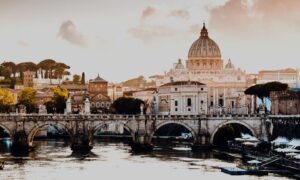

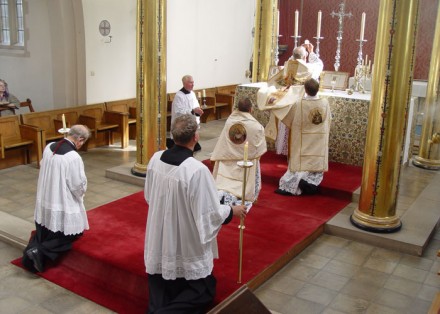
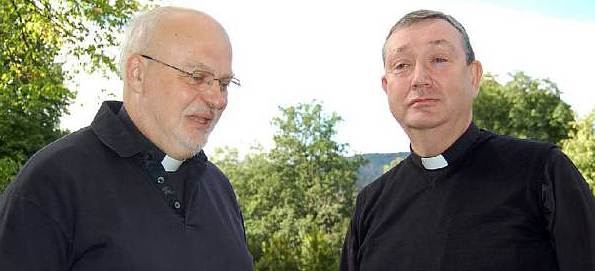

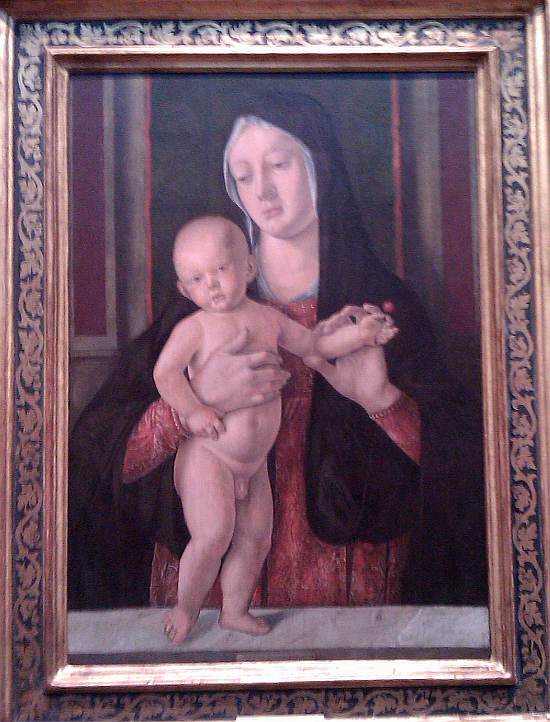
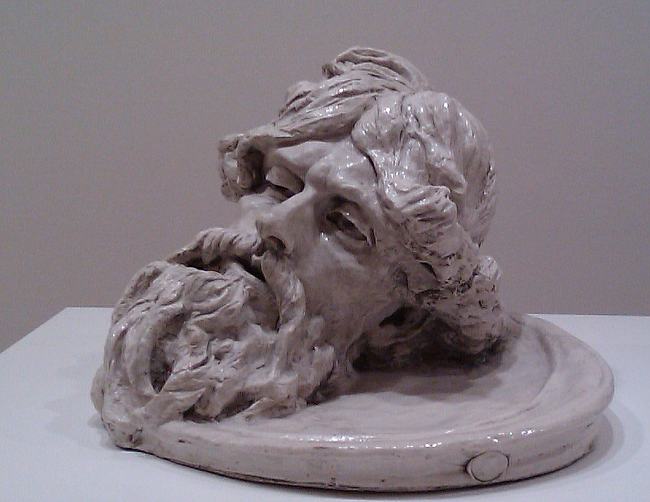


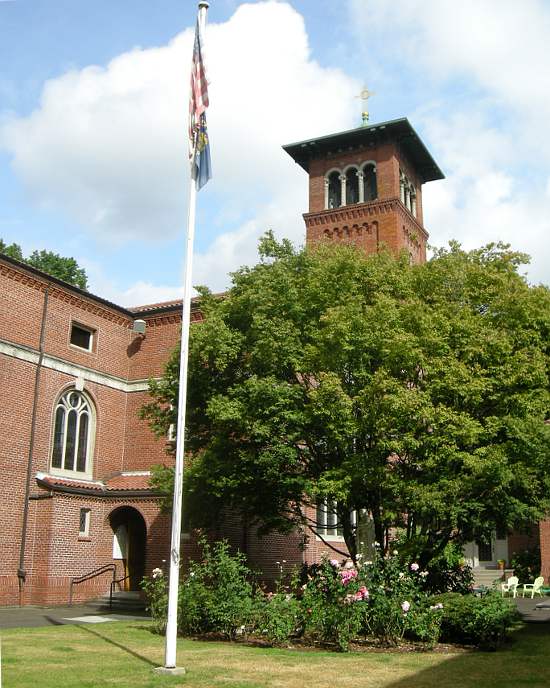
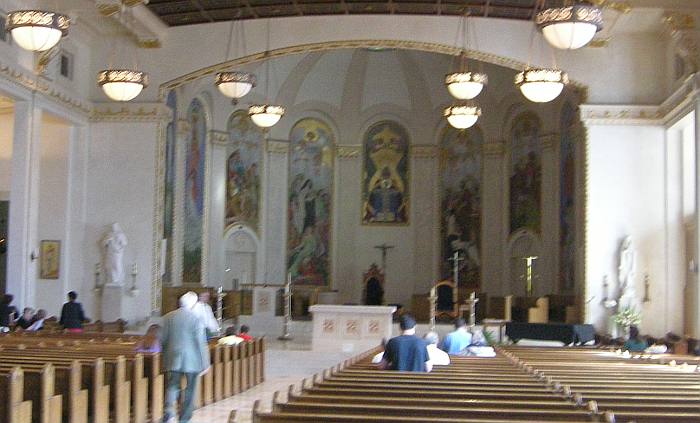
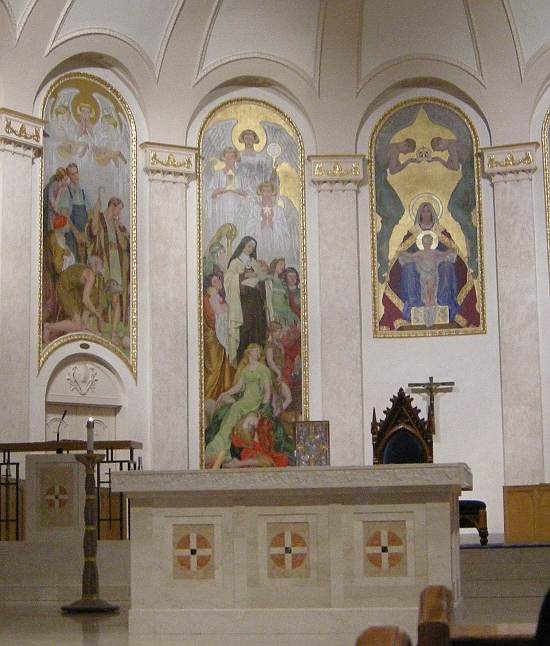
 Denne boka utgis i disse dager på
Denne boka utgis i disse dager på